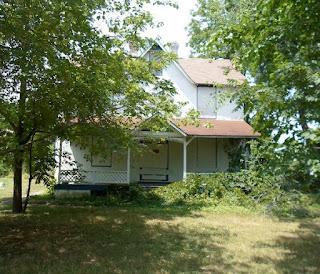In Apology....
In an ideal world, this post today would be on early aviation. When I was researching The Ashford Affair , I spent a fair amount of time looking into the early days of airplanes-- or aeroplanes-- with special attention to the aviation scene among the expat crowd in Kenya, since one of my main characters, my anti-heroine, Bea, was engaged in learning how to fly, following in the footsteps of Beryl Markham and Denys Finch-Hatton. Among other things, I found some hysterical videos from the 1930s (a little later than my period, but still fun) on the care and use of your private plane for the average English girl. Seriously. This not being an ideal world, other events intervened. Ironically, my having a plane to catch in an hour has something to do with it-- although I certainly won't be flying it myself. So, instead, with apologies, I offer you something that just popped up in my inbox yesterday: the first chapter of The Ashford Affair audio edition, hot off the soundwaves: (Th...







